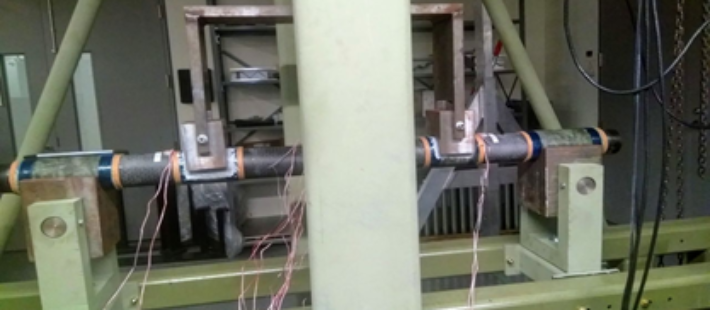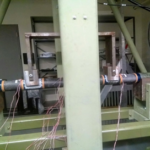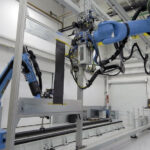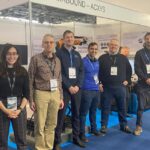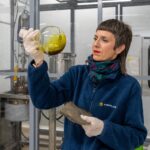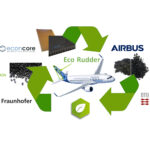Concordia University together with a variety of other universities and academic institutions from around the world is participating in the Academic Partner Program (APP) launched by AnalySwift, a provider of efficient high-fidelity modeling software for composites.
The research involves the Concordia Centre for Composites (CONCOM), a research group in the Gina Cody School of Engineering and Computer Science at Concordia University. The goal of the mission is researching composite tubes, particularly those used in helicopter landing gear. Researchers are using two AnalySwift products: the VABS and SwiftComp simulation software.
The Academic Partner Program (APP)
The program offers free licenses to the participating universities of engineering software programs mentioned above. In this way students, researchers, and teachers can exploit the tools in their academic research.
Students also have the opportunity to draw attention to their research by periodically publishing documents, theses and articles involving the codes. A solid community of users helps answer questions through the cdmHUB (Composite Design & Manufacturing HUB) online platform.
About CONCOM – Concordia Centre for Composites
CONCOM has more than 50 members who come from different countries and continents. Also many visiting researchers come to the research centre for study, co-operation, and training. The group lead by Professor Suong Van Hoa is trying to become an excellence in research, training and industrial development in the composite sector, with particular attention to low-cost, high-volume polymer matrix composite structures. It also carries out research on the fundamental work in metal and ceramic matrix composites.
Saeid Khadem Moshir, a Ph.D. student at Concordia Centre for Composites, told that the group is working on the analysis of composite tubes, including using the variational asymptotic method (VAM). They are analyzing the bending of thermoplastic composite tubes for the application of landing gear in helicopters.
According to this student, the utilization of a fast and accurate method for analysis of composite tubes made of a large number of layers is necessary. The SwiftComp software is used as an accurate and quick tool for this stress analysis of composite tubes. These tubes are manufactured by an automatic fiber placement machine. Real-life applications for the present research include analyzing stress and bending behavior of cross tubes for landing gear of helicopters.
The software used
AnalySwift’s SwiftComp and VABS allow to model structures and composites materials efficiently and accurately at the same time.
- SwiftComp is a general-purpose multiscale modeling code that enables users to perform efficient and accurate modeling of composites. And it makes it possible for different structures including 1D (beams), 2D (plates/shells), woven, and 3D structures
- The VABS program is a general cross-sectional analysis tool for computing beam properties and recovering 3D stresses and strains of slender composite structures. It is used for composite helicopter and wind turbine rotor blades, slender composite structures such as propellers, landing gear, and high-aspect ratio wings.


